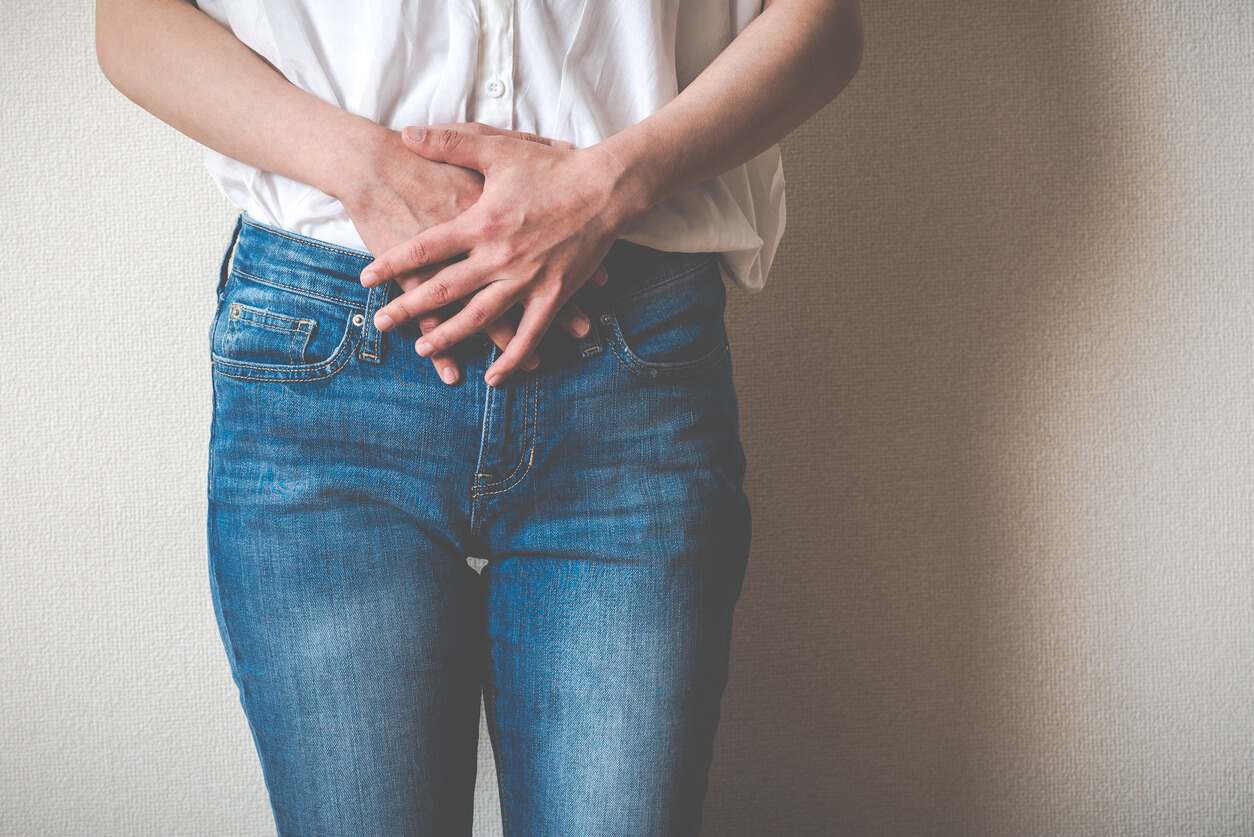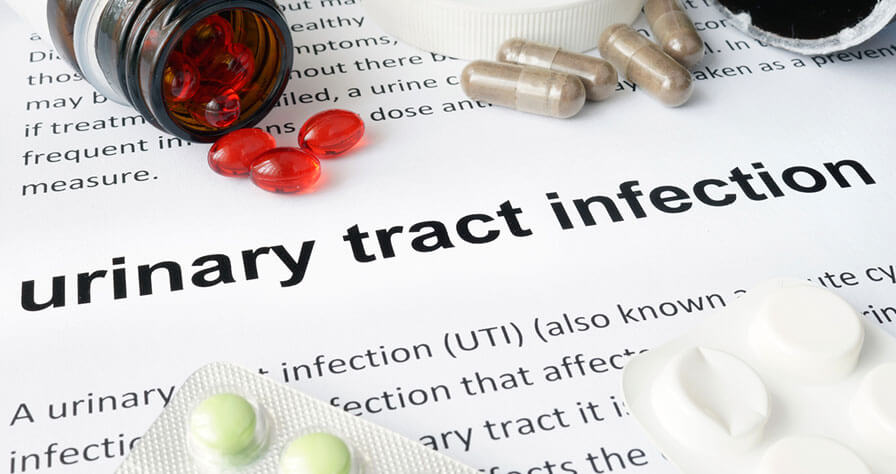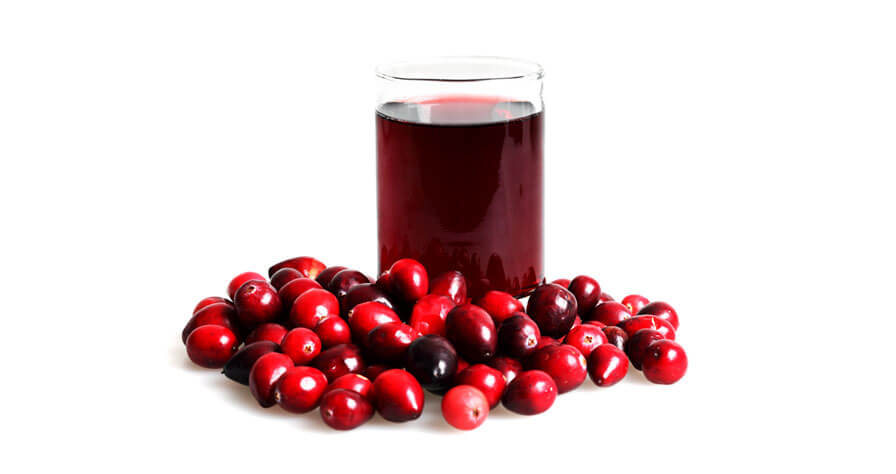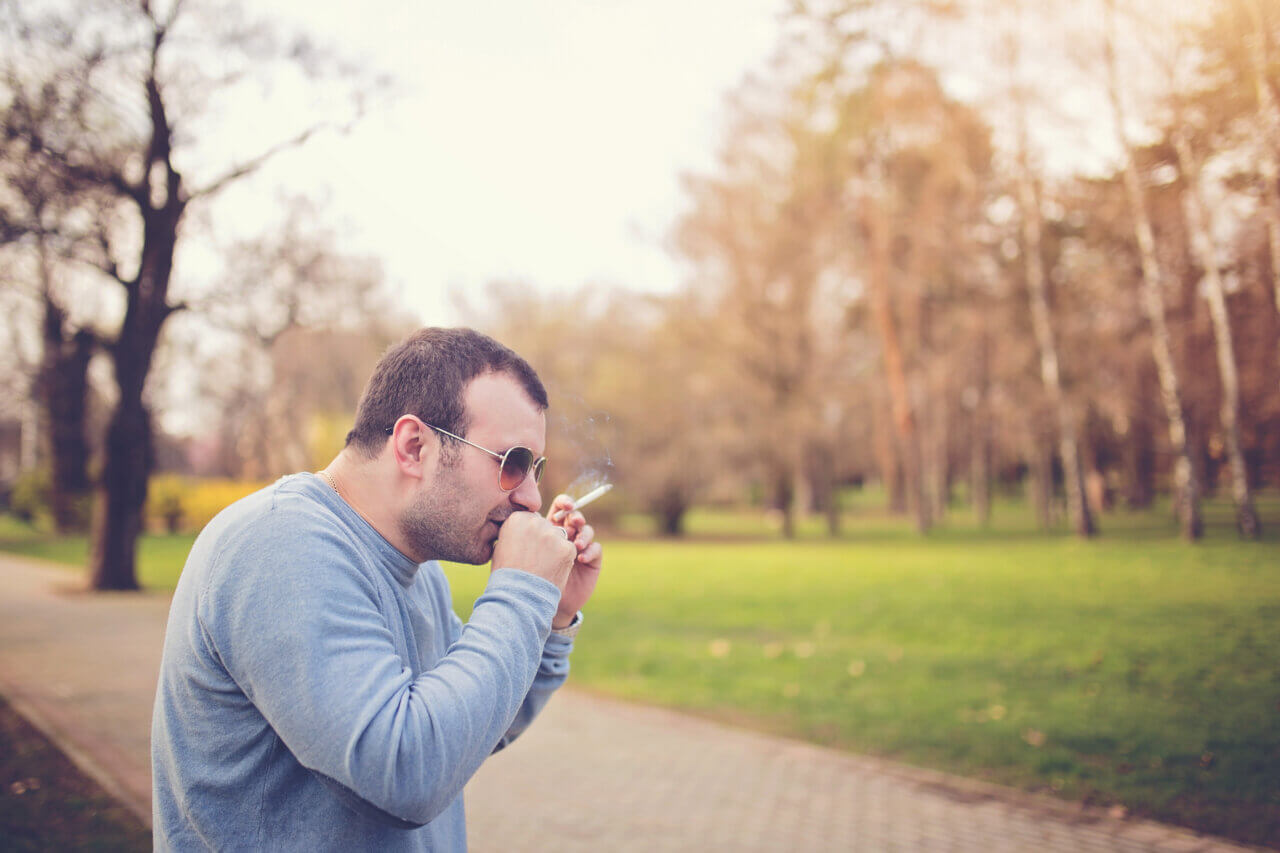How To Get Rid of a UTI

A urinary tract infection (UTI) is an infection in any area of the urinary system, including the kidneys, bladder, ureters, and urethra. Usually developing in the lower urinary tract, meaning the bladder and urethra, they are typically caused by bacteria but can be caused by fungi and, in rare cases, by viruses. Upper urinary tract infections occur less frequently but are more serious. UTIs are among the most common infections in humans.
How To Get Rid of a UTI
UTI Symptoms
UTI symptoms may include:
- A strong, frequent or ongoing urge to urinate
- Urinating frequently but in small amounts
- Pain or burning sensation when urinating
- Cloudy urine
- Urine that is red, bright pink or rust-colored (from blood in the urine)
- Strong-smelling urine
- In women, pelvic pain especially in the center of the pelvis and near the pubic bone
UTI Risk Factors
Urinary tract infections are more common in women than in men. UTI risk factors specific to women include:
- Anatomy. The urethra is shorter in women than men, which means bacteria have a shorter distance to travel to reach the bladder.
- Sexual activity. Women who are sexually active tend to have more UTIs than women who are not sexually active. Having sex with a new partner also increases UTI risk.
- Some forms of birth control. Women who use diaphragms or spermicidal agents have a higher risk of developing a UTI.
- Menopause. The decline in estrogen that occurs with menopause causes changes in the urinary tract that increase the risk of infection.
UTI Prevention and Home Care
If you have never had a UTI before, or if you believe you have one but it feels different than other infections you have had, it is important to talk with your doctor. Serious complications such as permanent damage to the kidneys if the infection spreads to them or a life-threatening condition called sepsis can occur.
However, if you have had UTIs before and know the symptoms, there are steps you can take at home to help your body get rid of the infection. Those same steps can help prevent UTIs in the first place.
- Drink plenty of water. Water can help flush away the bacteria causing the infection. Recommendations on water consumption vary, but a commonly quoted figure is that you should drink at least eight 8-ounce glasses of water each day. If you are prone to UTIs or feel you have one, you may want to drink more than that.
- Get adequate vitamin C. Having abundant vitamin C in your system from foods or supplements can make your urine more acidic, which inhibits bacterial growth.
- Empty your bladder frequently. While frequent bathroom trips can be inconvenient, each time you urinate you are removing bacteria from your urinary tract.
- Consider herbal remedies. Talk to your doctor about the belief that some herbs may help treat UTIs. If it is decided that you should try a herbal remedy, be sure you understand how much you can safely take and for how long.
- Remove irritating foods from your diet. If you have a UTI, spicy foods, carbonated drinks, artificial sweetener, caffeine, and alcohol can cause further bladder irritation that makes it harder for your body to heal.
- Reduce UTI pain with a heating pad. Using a heating pad on the low heat setting for 15 minutes at a time may help relieve the pressure and pain in the pubic area. Do not apply the heating pad directly to the skin.
- Practice good hygiene. Wipe yourself from front to back, use fragrance-free hygiene products and wear loose cotton clothing and underwear.
Urinary tract infections, especially if they are a common occurrence for you, can be frustrating to deal with. By taking the steps above, you may be able to minimize the need for doctor visits and antibiotics. However, be sure to seek medical attention if your symptoms are different than in the past or worsen despite your efforts to treat the infection.
Find an Urgent Care Treatment Center near you for convenient care that is close to home. We’ve made it easier to schedule an appointment with extended hours and online check-in.



